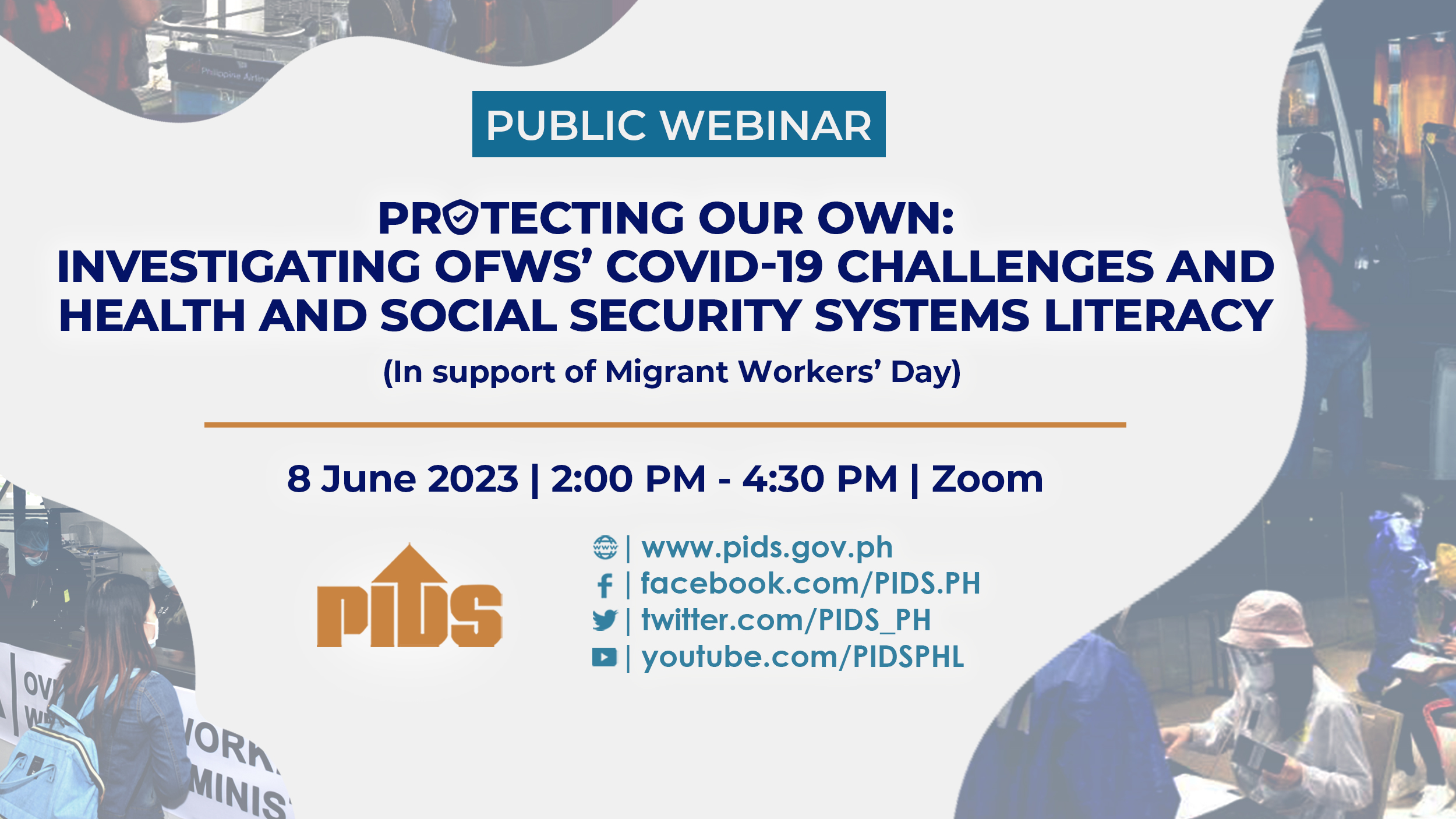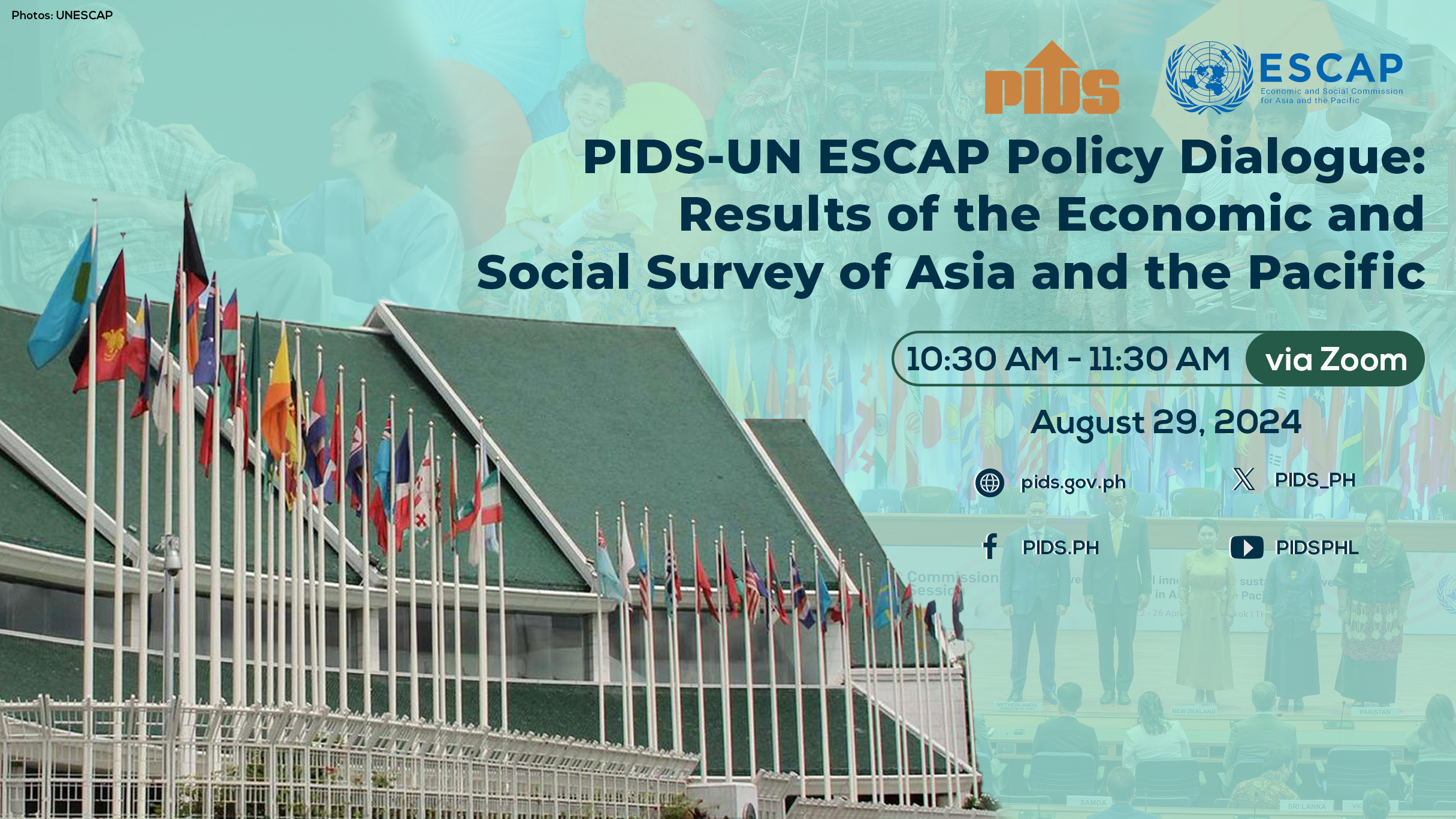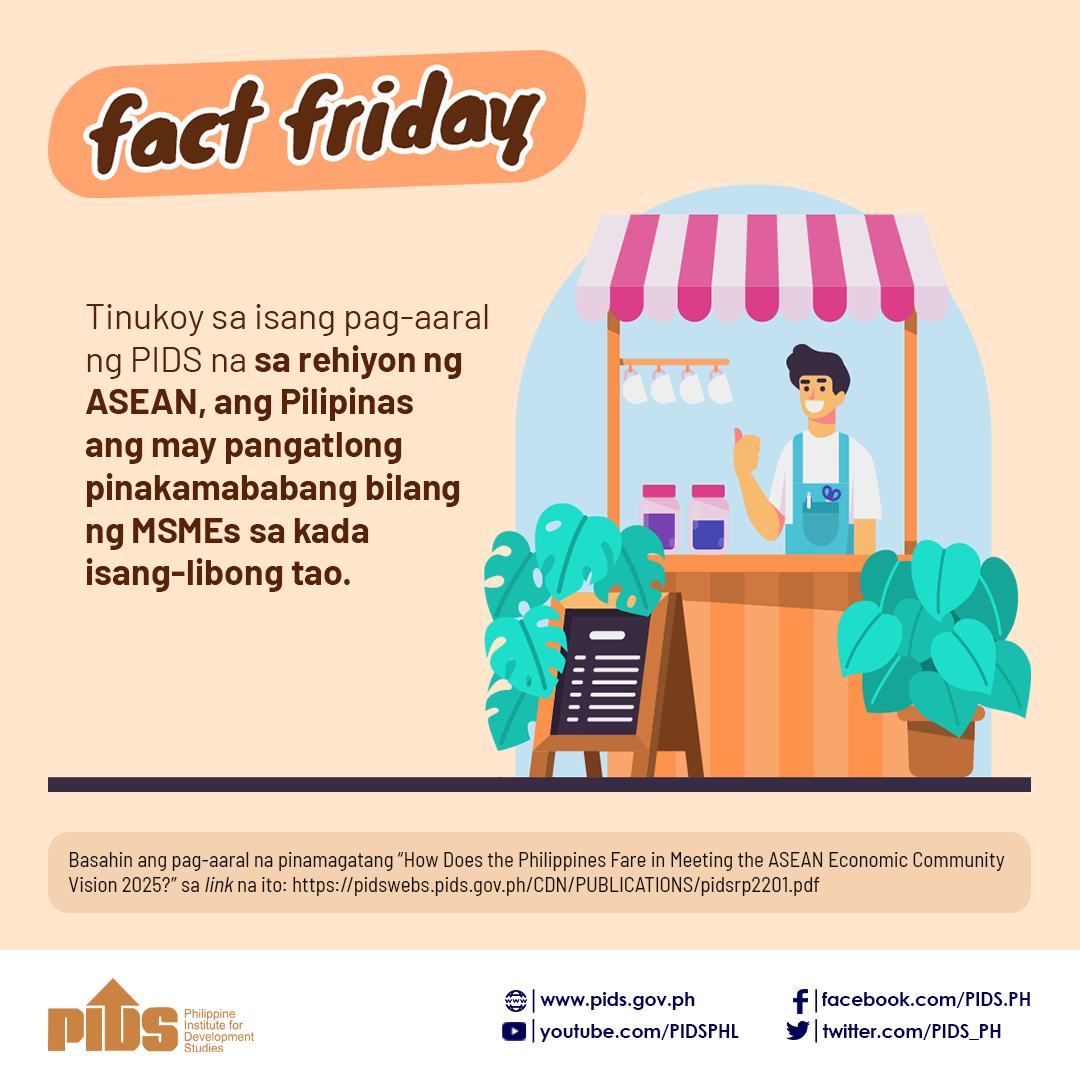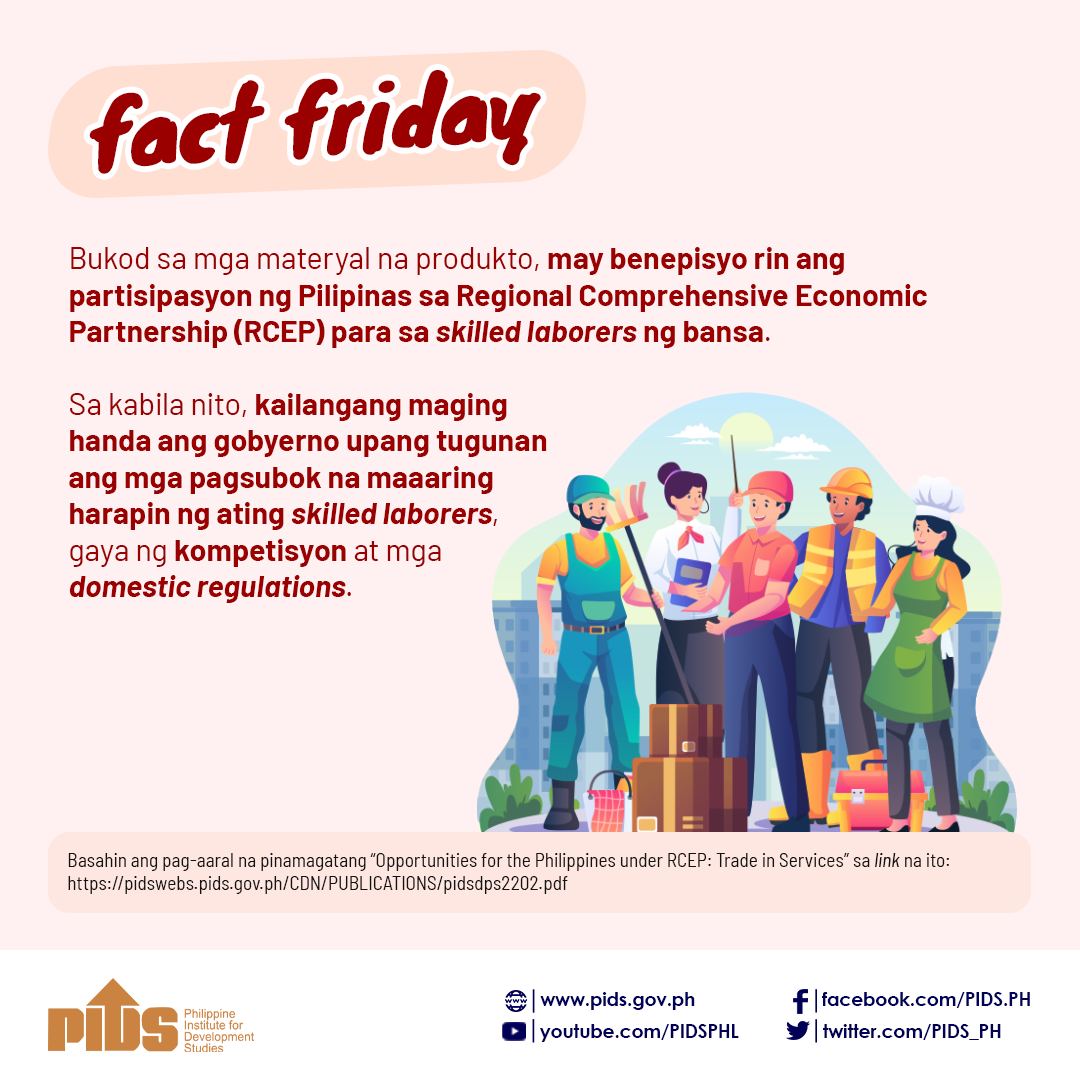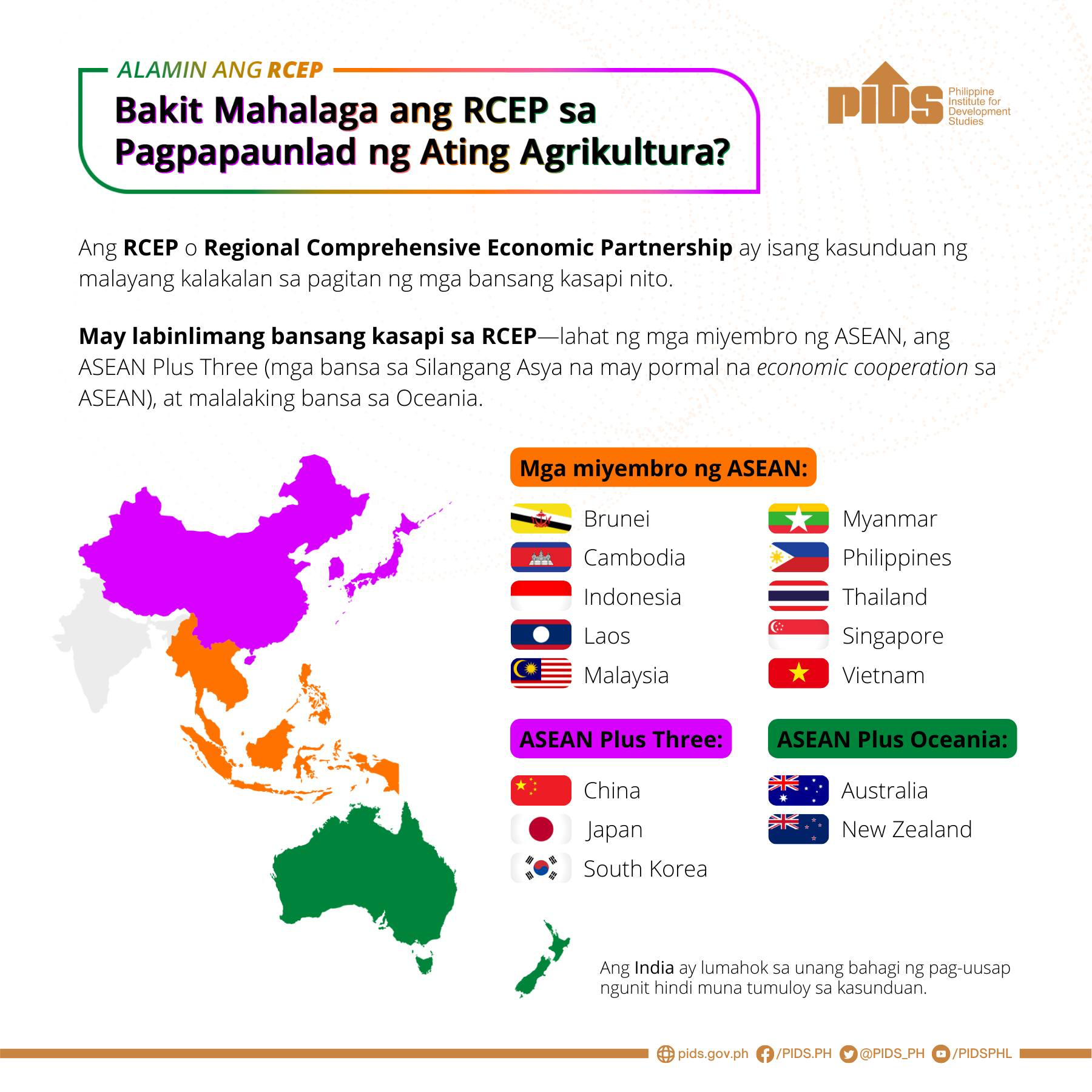Our economy has been standing precariously on two legs all these many decades — OFW remittances and BPO earnings. Both have provided jobs to Filipinos many of whom would otherwise be jobless. And both have paid salaries that are way above what could be earned locally.
Stability demands four, instead of two legs. We need agriculture and manufacturing to support our economy as well. Manufacturing has been threatening to take its proper place, but agriculture has been floundering.
Amidst the economic turbulence we are already experiencing, there is the possibility of a decline in OFW earnings and BPO investments. In the light of our high population growth rate, we should be worried.
Sending our people to work abroad was supposed to be a stop-gap solution to our high unemployment rate. It so happened that in the ’70s, the Middle Eastern countries were flushed with petro-dollars and did not have enough people to build their cities and care for their families.
But we got used to the OFW remittances. We failed to get our economy moving to at least keep up with our ASEAN peers. Maybe it is because of too much politics, rent-seeking elites, and too little investment on infrastructure and our human capital.
Today, we cannot afford to lose those OFW remittances. Even a slowdown in its growth rate should be scary. Neither can we afford to lose foreign investments in BPOs. We need an ever growing number of jobs given how fast our population grows.
Economists who have studied the foreign worker remittances phenomena in many other countries think remittances are inherently pro-poor. This is because the poor directly benefits from it. It is better targeted to the needs of the poor than foreign direct investments and official development assistance.
Worker remittances are also better for a country’s finances. Remittances stabilize the capital account of the recipient countries because they do not create future liabilities unlike ODA and FDI. That makes remittances more stable.
On the other hand… there are economists who have also seen a negative impact of remittances in countries dependent on it. One economist asked: “Is there a remittance trap?”
“The findings indicate that remittances create a vicious cycle of emigration, economic stagnation, rising cost of living, and emigration to the top 10 countries that receive the largest remittance inflows relative to their GDP…
“There is an increasing evidence of a remittance trap that causes economies to get stuck on a lower-growth, higher-emigration treadmill…”
The Philippines is currently the leading remittance-receiving country within ASEAN, according to the Asian Development Bank (ADB). This position, ADB asserts, has helped the country boost its domestic consumption, generate entrepreneurial activities, and improve its human capital.
Studies done by Philippine Institute for Development Studies (PIDS) senior researcher Aniceto Orbeta Jr. and consultant Victorina Zosa also found that migration has resulted in increased expenditures on education, housing, and durable goods among Filipino households.
But the PIDS release pointed out: “Despite these benefits, the social cost of migration has also been huge. This includes reported breakdown of marriages and neglect of children left behind, as well as exodus of health and education professionals, which hamper the delivery of basic social services in the country.
“Migrants also face all sorts of difficulties, including those related to adjustment, maltreatment, and human rights issues.”
Many of our migrant professionals had to downgrade their job expectations because their local credentials are not recognized. Or, as in the case of teachers going to Hong Kong, to become domestic helpers, simply because it pays better.
It may or may not be a precursor of things to come. But the latest figures from the Bangko Sentral show the rate of increase in OFW remittances is slowing down. While the year-on-year cumulative growth rates were positive, a slowdown can be observed when the period is compared to previous years.
On a cumulative basis, remittances grew by three percent year-on-year to $18.5 billion from January to July 2018. The same period in 2017 had a 5.9 percent increase. The years 2013 (7.4 percent), 2014 (8.9 percent) and 2015 (7.4 percent) also posted higher figures.
Remittances from the Middle East are on a decline, specially those from Kuwait, Bahrain, Oman and Saudi Arabia. Their appetite for foreign workers has waned as their governments experience pressure to provide jobs for their own people.
PIDS researcher Aubrey Tabuga urged the Philippine government to craft a labor policy less dependent on labor migration and more toward the creation of local job opportunities.
This is why a more thorough study of the impact of TRAIN 2 or TRABAHO bill on keeping foreign investors and attracting new ones is important. So far, the situation is confusing.
DOF submitted to the Senate its study of TRABAHO’s impact on jobs and they expect a 1.4 mnillion net increase by 2029 when the staggered lowering of corporate income taxes is completed.
But how many current investors will leave in the years immediately after the bill is passed amidst failure to attract new ones? NEDA and DOLE have yet to submit their studies.
A study commissioned by a BPO trade group suggests TRABAHO will hold back the growth of the BPO industry once it is passed. They now provide a million jobs.
The BPO study claims that without the perks they now enjoy, the cost of running a BPO business here would be 20 percent more expensive than in India. At the very least, industry leaders say, that is enough to start a conversation on where to locate or relocate their business.
Maybe the challenge posed by declining remittances and declining growth in BPO operations is the jolt we need to develop our two other economic legs. Indeed, our problems with high food inflation should make us focus on our agricultural sector’s ability to at least feed us.
We are now over a hundred million people. Providing everyone with food and jobs isn’t going to be easy.







